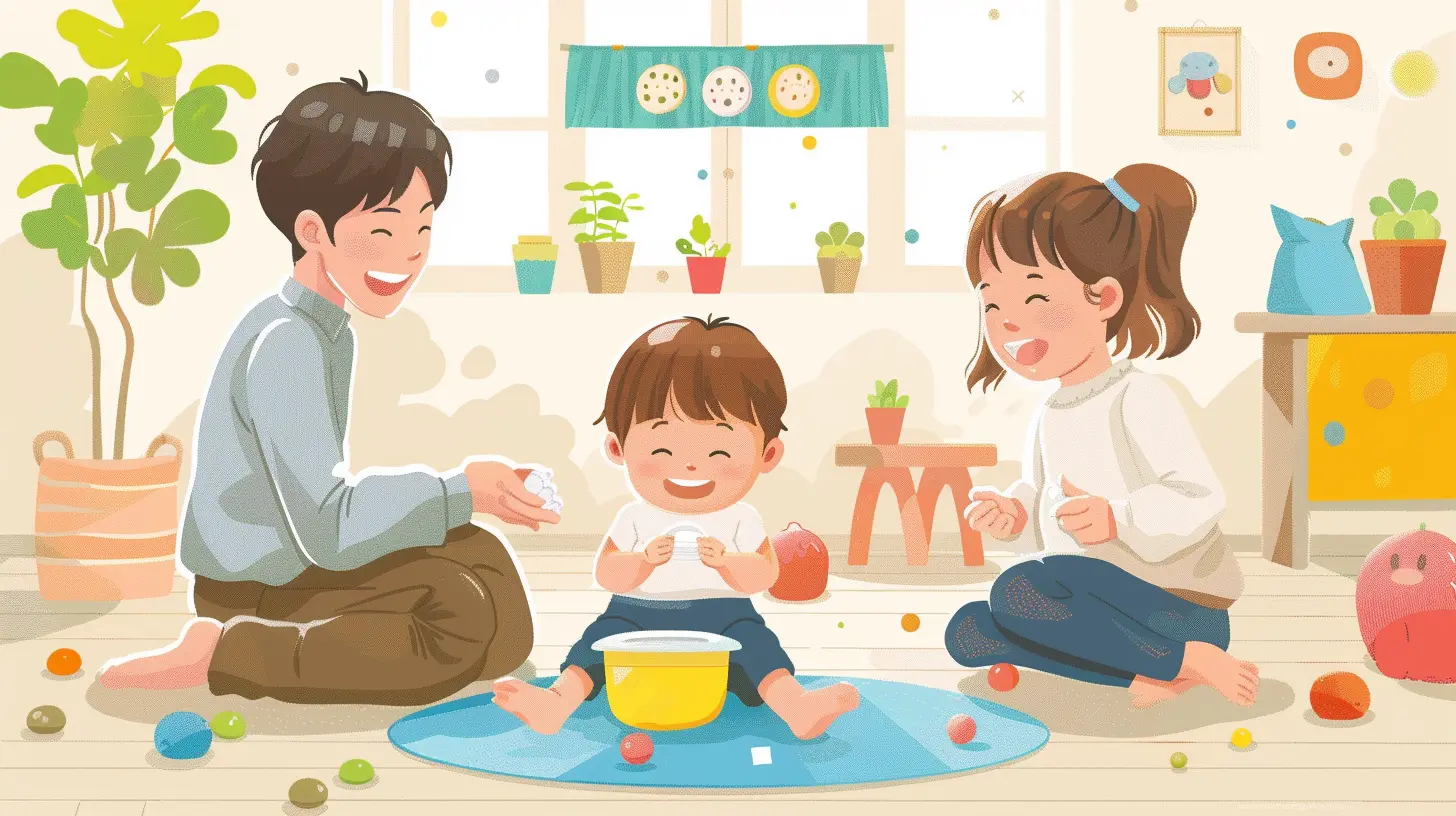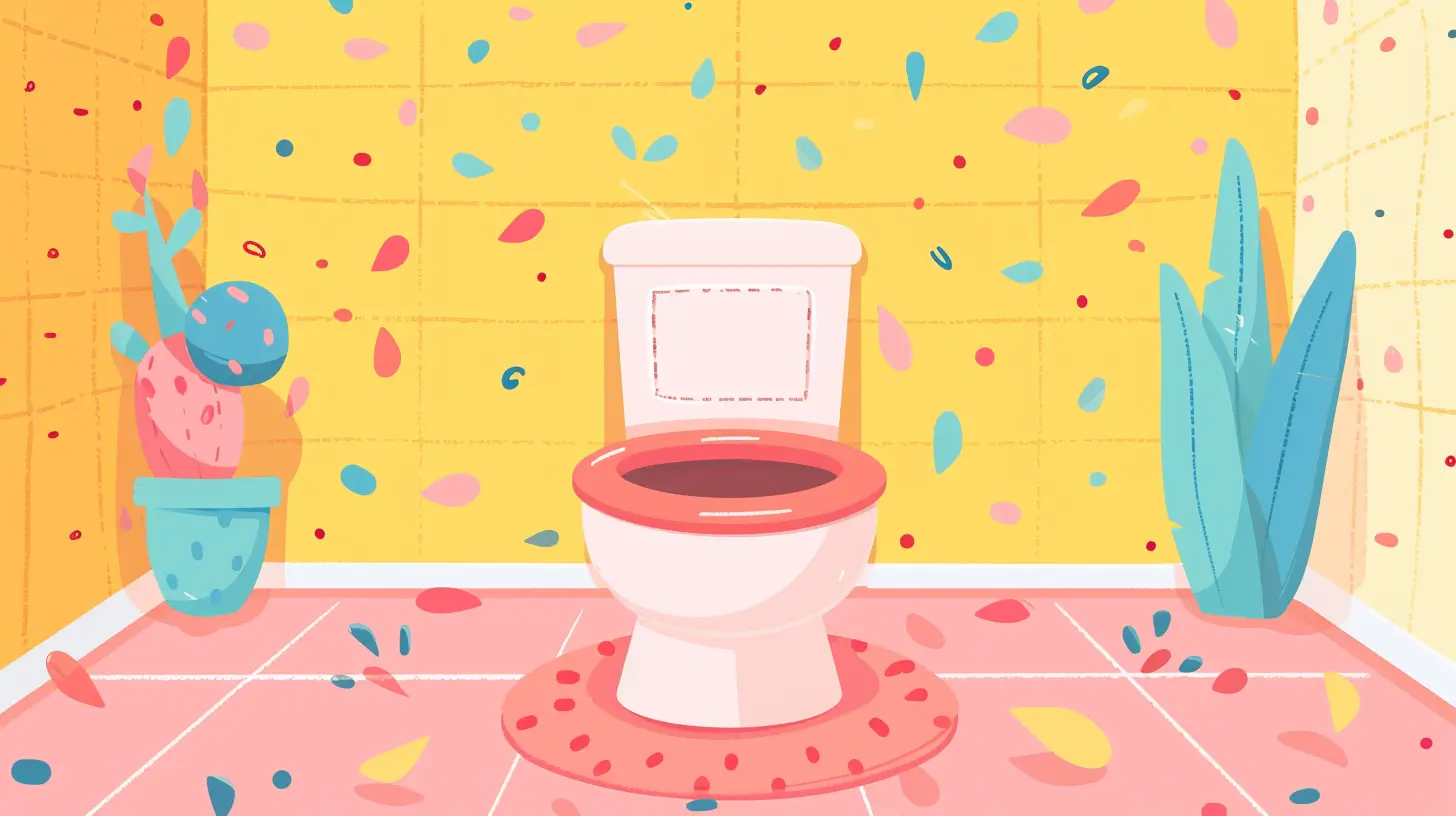Potty Training and Speech Delays: Navigating the Process
8 September 2025
Oh, potty training—it’s one of those milestones that brings equal parts excitement and dread. But what happens when your little one is also experiencing a speech delay? It’s like trying to solve a puzzle with a few missing pieces. Don’t worry, though—you’re not alone, and this doesn’t have to be as tricky as it sounds. Let’s break it down and make this potty training journey a bit smoother for both you and your child.
Understanding the Link Between Potty Training and Speech Delays
First off, let’s clear one thing up: potty training and speech delays aren’t directly related. A child with a speech delay isn’t necessarily going to struggle with potty training, but communication can definitely play a role in the process.Think about it—potty training relies heavily on communication. Your child needs to tell you when they feel the urge, understand directions, and follow instructions. When speech delays are part of the picture, it can feel like you’re trying to dance together but aren’t quite in sync yet.
Speech delays might make it harder, but they don’t make potty training impossible. It just means you’ll need to tweak your approach and add a little extra patience (okay, maybe a lot of patience).
Signs Your Child Might Be Ready for Potty Training
Before diving in, let’s make sure your child is ready to take on this adventure. Readiness for potty training isn’t just about age; it’s about signs of physical, emotional, and developmental readiness. Here’s what to look for:- Physical Signs: Your child stays dry for longer stretches during the day, has predictable bowel movements, or can pull their pants up and down.
- Behavioral Signs: They show interest in using the toilet, might copy you or older siblings, or dislike the feeling of a wet or dirty diaper.
- Cognitive Signs: They can follow simple instructions and recognize when they’re about to go.
For kiddos with speech delays, readiness signs might be more subtle, so really pay attention to their behavior. For example, maybe they point to their diaper or grab themselves when they feel an urge. Those nonverbal cues are gold!
Tips for Potty Training a Child with Speech Delays
Alright, you’ve decided your little one is ready. So how do you navigate potty training when communication isn’t their strong suit just yet? Here’s a roadmap to help you out.1. Use Visual Aids and Nonverbal Communication
Kids with speech delays often thrive with visuals—they’re like a GPS for their brains. Create a visual schedule or chart that shows the steps of using the potty. For example:1. Pull down pants.
2. Sit on the potty.
3. Go potty.
4. Wipe.
5. Flush.
6. Wash hands.
You can also use sign language or simple gestures for key words like “potty,” “pee,” or “poop.” If you’re not familiar with baby sign language, don’t panic—there are tons of resources online to help you learn.
2. Keep Instructions Simple and Repetitive
When communicating with a child who has a speech delay, less is more. Use short, clear phrases like, “Potty time,” or, “Sit down on the potty.” The repetition will help them understand what’s expected of them.Think of it like teaching a new dance routine. You wouldn’t throw all the steps at them at once—you’d break it down into manageable chunks and repeat until they’re comfortable.
3. Incorporate Play and Fun
Let’s face it—potty training isn’t the most thrilling activity for anyone involved. But kids learn best through play, so why not make it fun?You can use dolls or action figures to act out the potty process. Add humor to lighten the mood. (“Oh no, Mr. Bear forgot to wipe! Silly bear!”)
Games and rewards can also work wonders. For example, set a timer for potty breaks, and let your child press the timer button to make it feel like a game.
4. Be Patient and Flexible
Potty training is a marathon, not a sprint, especially when speech delays are involved. There might be setbacks, and that’s okay. If it feels like you’re hitting a wall, take a break and try again in a few weeks.Sometimes, focusing on potty training might mean putting speech-related goals on hold temporarily, and that’s fine. This isn’t a race—it’s about what works best for your child.
5. Celebrate the Small Wins
Seriously, cheer for everything. Did they successfully tell you they needed to go? Yay! Did they sit on the potty, even if they didn’t “go”? Double yay!Positive reinforcement builds their confidence and helps them associate the potty process with good feelings. And let’s be honest—who doesn’t love a little celebration for their hard work?
Troubleshooting Common Challenges
Even with the best preparation, potty training can sometimes feel like trying to herd cats. Here are a few challenges you might run into and how to handle them.Regression
Is your child suddenly refusing the potty after some success? This might happen if there’s a big life change (like a move or a new sibling). First, remember that regression is normal. Stay consistent and supportive, and things should get back on track.Refusal to Sit on the Potty
Some kids just aren’t into it—and that’s okay. Don’t force it. Instead, make the potty a familiar, non-threatening presence. Let them decorate it with stickers or keep it in their play area so it doesn’t feel so intimidating.Inability to Communicate the Need to Go
If verbal communication isn’t happening, focus on recognizing nonverbal cues. You can also set up regular potty breaks—after meals, before bed, or every two hours—so they don’t have to initiate as often.When to Seek Professional Help
At what point should you bring in the pros? If your child is over 4 years old and still not making progress, or if they’re showing signs of severe resistance or anxiety around potty training, it might be time to consult a pediatrician or a child development specialist.For speech delays, working with a speech-language pathologist (SLP) can be a game-changer. They can help improve your child’s communication skills, which can, in turn, make potty training smoother.
The Big Takeaway
Potty training a child with speech delays might feel like navigating a maze, but with the right tools and plenty of patience, you’ll find your way through. Remember, every child is different, and there’s no magic timeline. Celebrate progress, no matter how small, and don’t be afraid to adjust your game plan as needed.You’ve got this! Potty training is just one of many hurdles in this parenting journey, and like every other challenge, it’ll pass. Before you know it, your little one will hit that milestone, and you’ll be onto the next adventure (probably teaching them not to eat their boogers or something equally "fun"). Hang in there—you’re doing amazing!
all images in this post were generated using AI tools
Category:
Potty TrainingAuthor:

Maya Underwood
Discussion
rate this article
1 comments
Tabitha Heath
Navigating potty training alongside speech delays can be challenging. Focus on consistency and patience, using positive reinforcement. Consider integrating simple phrases during training to encourage communication. Every child progresses at their own pace, so celebrate small victories and stay supportive throughout the journey.
September 20, 2025 at 3:15 AM

Maya Underwood
Thank you for your insightful comment! Consistency and positive reinforcement are key in this journey, and celebrating small victories can make a big difference. Your suggestions for integrating communication are valuable!


